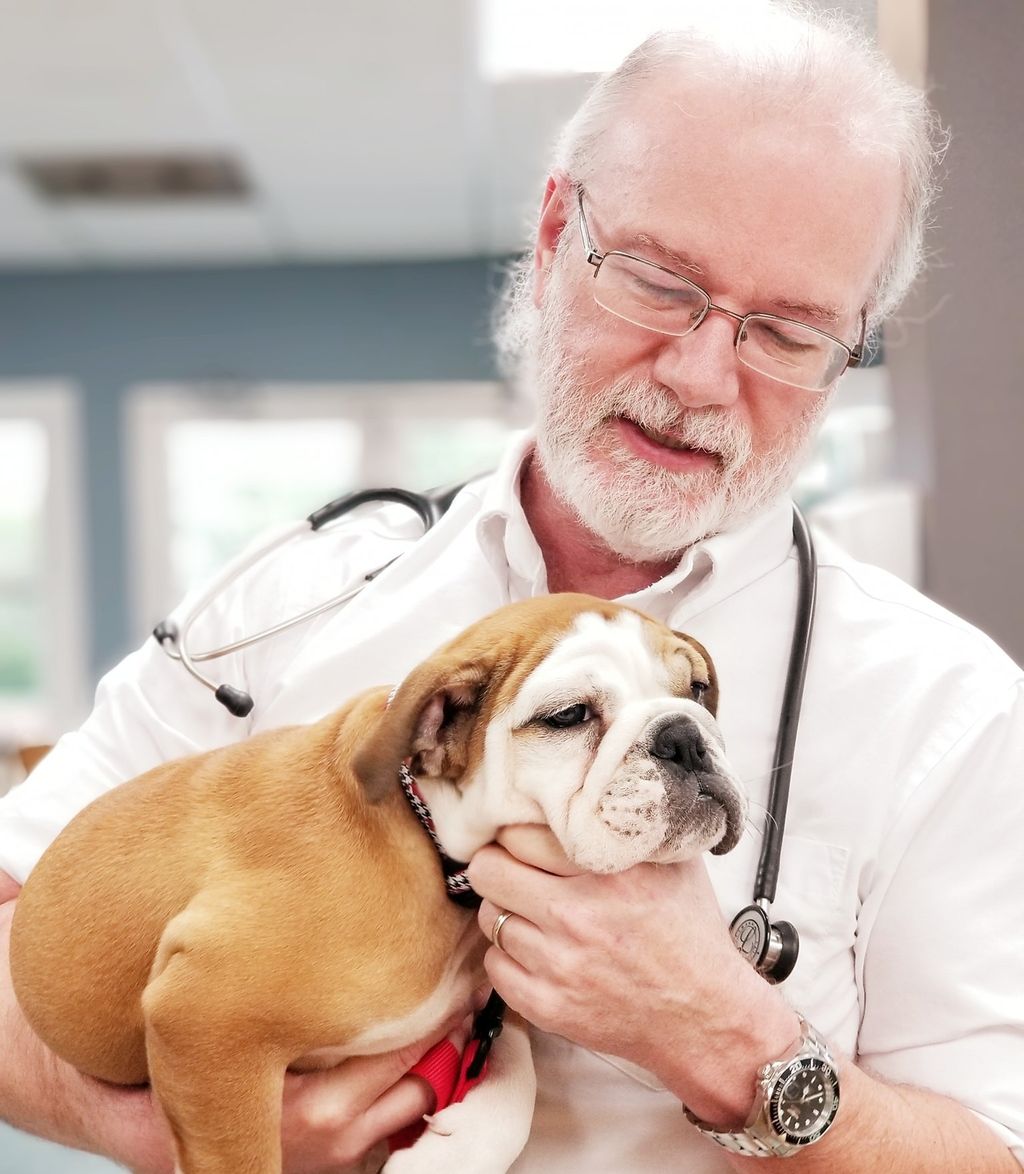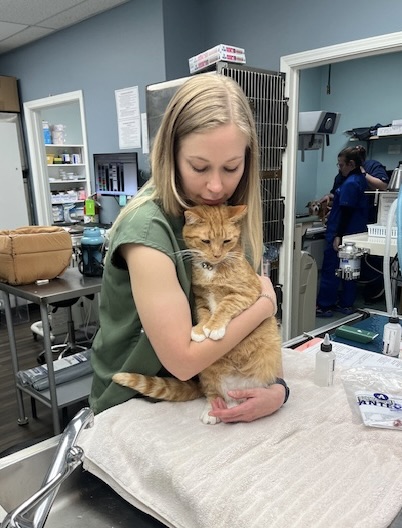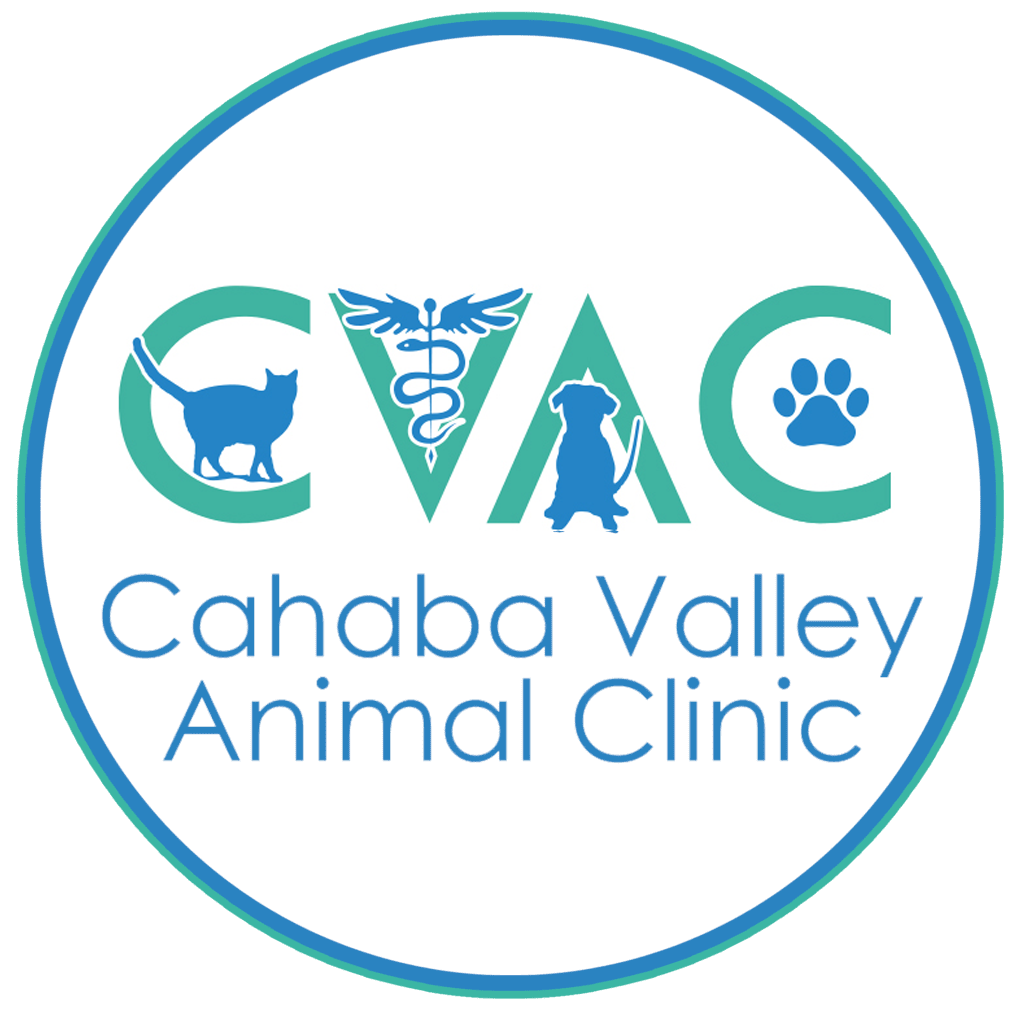Pet Dental Care: An Underrated Necessity
You may have heard that dogs’ mouths are cleaner than human mouths, but that doesn’t mean they don’t need regular dental check-ups! Dogs and cats should get a dental exam about once or twice a year, just like humans.
While dental care is essential to your pet's overall health, it can be challenging to implement a routine. Without a proper dental plan, minor oral issues can progress into advanced and hard-to-treat illnesses. At Cahaba Valley Animal Clinic, our goal is to make it easy for pets to avoid gingivitis, dental disease, and tooth loss by providing affordable and all-encompassing pet dental care services.
Why Your Pet Needs a Dental Exam
Not sure if your pet needs a dental checkup? Look for these signs, which indicate not just poor oral hygiene, but also poor health:
- Bad breath
- Red and swollen gums
- Excessive drooling
- Dropping food while eating (could indicate oral pain)
- Yellow/brown buildup on the teeth
- Pawing at mouth
- Change in behavior (sleeping more often, reluctant to play with chew toys)
- Decreased appetite, weight loss
Scheduling a Teeth Cleaning
If you notice any of the signs listed above, give us a call at (205) 980-0078 to schedule an appointment. Dental disease is the #1 veterinary diagnosis in dogs and cats and pets rarely show signs of dental pain. Without regular dental checkups, your pet’s dental problems could go unnoticed, leading to bad breath, gum disease, and even life-threatening diseases of the liver, heart, or kidney.


WHAT HAPPENS IN A DENTAL CLEANING?
Also called a dental prophylaxis or dental prophy, you should expect a partial-day hospitalization at CVAC. Your pet is monitored before, during, and after the examination. We start with a physical exam, then we perform bloodwork to ensure the liver and kidneys are healthy enough to clear the body of anesthesia, as well as to ensure there is no underlying anemia or serious infection present.
To ensure a smooth transition to inhalant anesthesia, we provide our patient with an injectable induction agent prior to intubation and inhalant anesthesia. We use the same inhalant anesthesia used in human hospitals. Our anesthesia is not only safe but also easier to control those prior agents used in veterinary medicine. And because body temperature usually drops under anesthesia, we place a warming blanket around your pet.
We use digital oral radiographs in every dental procedure. Just like humans, pet oral health care involves more than just the visible tooth above the gum line. A substantial amount of dental disease occurs below the gum, making digital oral radiography critical in the assessment of overall oral health.
Our Pet Teeth Cleaning Services
Pets must be placed under anesthesia for their dental cleaning, which involves:
- Ultrasonic Scaling - Our ultrasonic scaler is the same as used by your dentist. We scale above and below the gum line.
- Oral Examination - After the scaling, we will complete a full dental examination of your pet’s mouth.
- Low-Speed Polishing - Smooths out any imperfections on the tooth, reducing the ability for plaque to stick to teeth.
- Tooth Sealant - Creates an invisible barrier that helps prevent plaque-forming bacteria from attaching for 2 weeks after application.
At-Home Dental Care
There are some easy ways to keep your pet’s teeth in good shape at home, all year long. The best thing to do is brush your pet’s teeth often with a dog- or cat-specific toothpaste. You can also provide chew toys for your pet. Those made of rubber, rope, or rawhide are great for tooth health.
Your pet’s diet can also play a role in mouth health. Dry foods are better than wet foods for tooth health, and some foods are made specifically for dental issues. And, of course, you should bring your pet in for a dental examination yearly!


